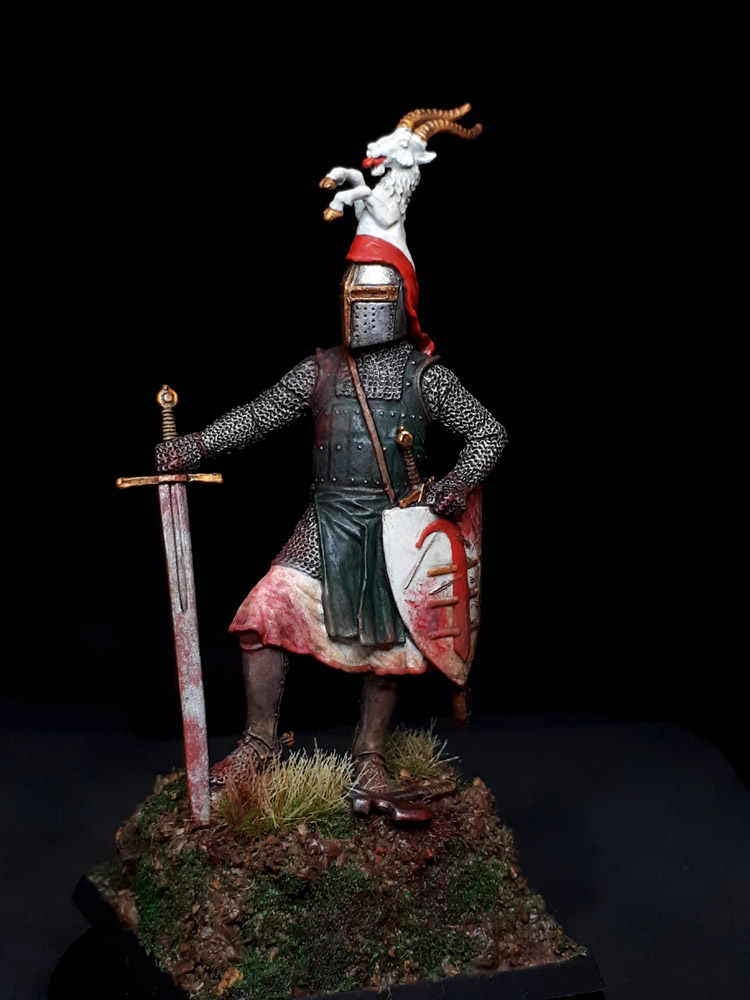
In the 12th-century (1147), a German knight with the name ‘Arnold von Bredow’ accompanied ‘Albert the Bear’ (Count of Anhalt and Duke of Saxony) during an eastern expansion into the lands of the Slavic Wends (modern day Brandenberg in Germany). Considered as pagans, the Wends were fair game for a 1147 ‘crusade’.
At the end of the war, diplomatic measures were successful, and an arrangement was established with the last of the Wendish princes of Brandenburg, ‘Pribislav of the Hevelli’, for Albert to secure this district when the prince died, which he did in 1150.
Taking the title “Margrave in Brandenburg” (military commander), he pressed the “crusade” against the Wends, extended the area of his rule and encouraged German migration, established bishoprics under his protection, and so became the founder of the Margraviate of Brandenburg in 1157.
Arnold Von Bredow got, as his share from the spoils of war, a few Slavic fishing villages. His sons married so cleverly that soon half of the Havelland region within Brandenberg was theirs – 31 villages. The coat of arms of the von Bredows is a red assault ladder with golden (yellow) crossbars in a silver (white) field. The coat of arms symbolizes the ascension of the Bredows family to the highest nobility of Brandenburg.
The Bredows were often on bad terms with each other and always badly in debt. Still they were able to manage the region of Havelland decisively for centuries. To this day there is a town called Bredow in the region.
